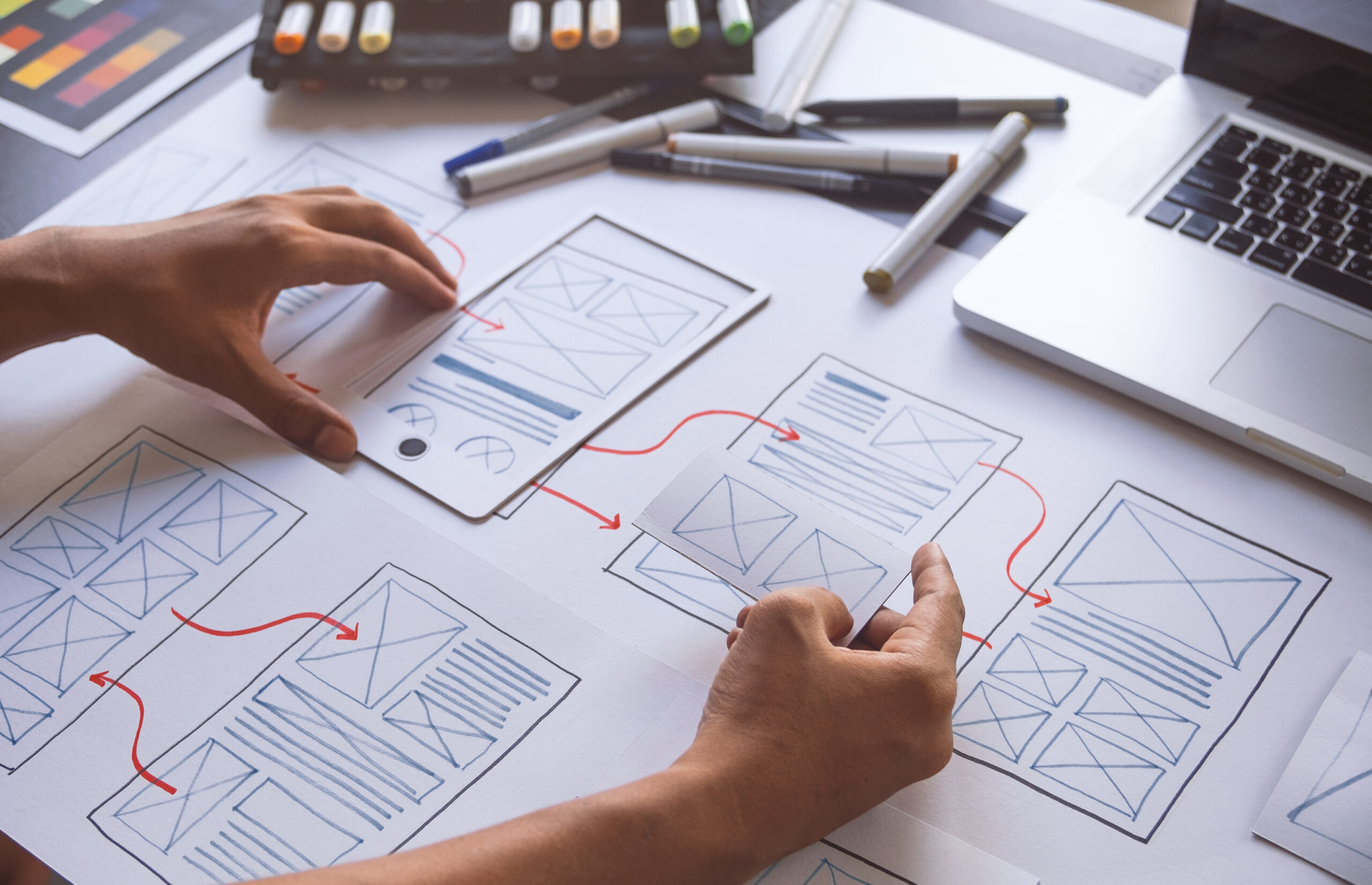As a UX and visual designer with over a decade of experience at Google and now as the founder of my own marketing firm, JC Marketing, I’ve learned that truly great websites go far beyond looks or technical performance. The most effective digital experiences come from a holistic design approach—one that blends art, user experience, and technology into a single, seamless vision.
This mindset was strengthened at the University of Maryland in Baltimore,MD, where I completed my Master of Science in Human-Computer Interaction (HCIM). There, I learned how people interact with digital systems and how thoughtful design can influence behavior, accessibility, and emotional connection. That education, combined with years of practical experience, taught me that the key to designing meaningful websites lies in understanding the intersection of creativity, usability, and innovation.
Understanding Holistic Design
When I talk about holistic design, I mean viewing a website as an entire ecosystem, not just a collection of parts. Too often, teams get caught up focusing on visuals or coding in isolation, forgetting that every design choice affects the overall user experience.
Holistic design considers the relationship between layout, typography, color, navigation, and functionality. Each component should serve a purpose—supporting the user’s journey while reflecting the brand’s goals. This approach starts with empathy. You must understand who your users are, what they value, and what problems they’re trying to solve. Every button, image, and line of text should feel intentional.
When art and technology work together to meet a user’s needs, you create a website that doesn’t just function well—it feels natural and memorable.
The Role of Art in Web Design
Art is often the first thing users notice when they visit a website, and it plays a vital role in how a brand communicates its personality. At JC Marketing, I emphasize originality and authenticity. We avoid generic stock photos whenever possible because real imagery and thoughtful design convey trust.
But art isn’t limited to visuals. Typography, layout, and even whitespace contribute to how users emotionally connect with a site. A well-designed interface establishes credibility before a single word is read. In contrast, poor design instantly creates doubt. Art in holistic design is about crafting balance—drawing attention where it belongs while guiding the user naturally through the experience.
User Experience at the Core
User experience (UX) is the foundation of every great website. Even the most stunning design will fail if it’s frustrating to use. Good UX is about removing friction—making interactions simple, intuitive, and enjoyable.
In today’s mobile-first world, responsive design isn’t optional. Visitors should have a consistent experience whether they’re browsing on a phone in Brooklyn, or on a desktop halfway across the country. Menus should be clear, content should be scannable, and forms should be quick to complete.
When we prioritize the user’s perspective, we build trust and increase engagement. People remember how a website makes them feel, and when it feels effortless, they come back.
Technology as the Bridge
Technology is where creativity meets functionality. A holistic approach requires understanding what’s possible with code, frameworks, and integrations—and how to use them wisely.
Page speed, security, and accessibility are no longer optional features; they’re expectations. Even a beautifully designed site will lose credibility if it loads slowly or excludes users with disabilities. Optimizing images, writing efficient code, and leveraging modern platforms ensure a site performs well and remains future-ready.
At JC Marketing, we integrate design thinking with technical precision. Every technological decision—from hosting to analytics—is made with the user in mind.
The Power of Collaboration
Holistic design thrives on collaboration. Designers, developers, writers, and clients must work together from the beginning of a project. Each perspective adds value, ensuring the final product is not only attractive but also functional and aligned with the brand’s purpose.
At my firm, our process involves open communication with clients at every stage. We don’t just design for them; we design with them. Understanding their story, market, and audience helps shape a website that feels authentic to their business and vision.
Design as a Living Process
A holistic website is never truly “done.” The digital world evolves constantly, and staying relevant means continuously improving. We encourage clients to see their websites as living platforms that can grow alongside their business.
User data, analytics, and feedback guide the refinement process. By observing how visitors navigate a site, we can adjust content, design, and functionality to improve results. This mindset of ongoing optimization ensures a site stays effective and engaging long after launch.
Why Holistic Design Matters
Your website is often your first impression—and first impressions count. A site that combines art, UX, and technology effectively can elevate your brand, build trust, and convert visitors into loyal customers.
Holistic design also ensures long-term value. A well-structured site built on clear principles can adapt to new trends and technologies without losing its core identity. It’s an investment in both user satisfaction and brand sustainability.
Seeing the Bigger Picture
Holistic design isn’t just about mixing creativity and code; it’s about understanding the full experience. It means thinking about how every decision—from color palettes to backend architecture—affects the people who visit your site.
When art, UX, and technology come together under one thoughtful vision, you get more than just a website. You create a digital experience that resonates with people, builds credibility, and helps your brand stand out in an increasingly crowded online world.
